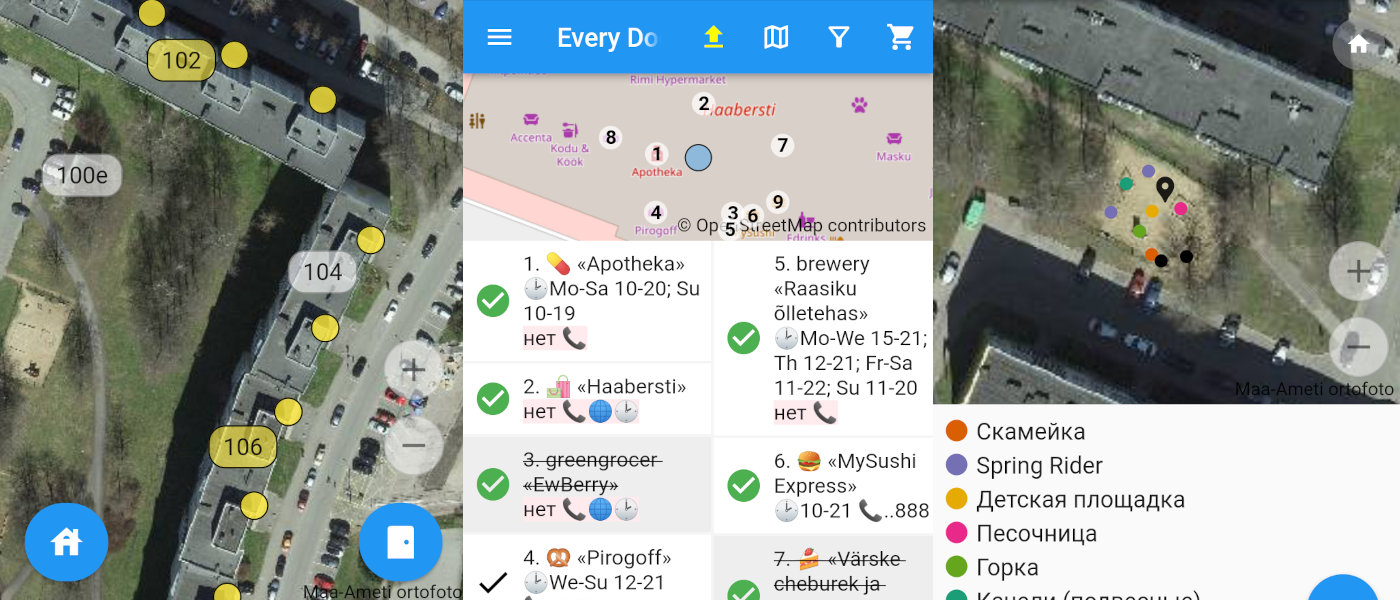As you might know, we’re having OpenStreetMap Awards this year! Finally, after many skipped years, we will have the honour and the joy to recognize people and teams who have made an impact on OSM, whether it’s by mapping, writing, or coding!
The process is open, and the same as the last time: first we gather all the nominees we can think of, then some groups of notable OSM members will choose a few from those who feel to be the most notable, and after that — an open community voting to choose one for each category. And the categories are:
- Core Systems Award — for building or maintaining an core project.
- Innovation Award — for making something new.
- Influential Writing Award — for blog posts, tutorials and documentation.
- Greatness in Mapping Award — for tireless mapping!
- Expanding the Community Award — for finding us more members.
- Team Achievement Award — awarded to companies and groups.
- Ulf Möller Memorial Award — like a lifetime archievement award for individuals.
Note that only achievements made or announced in 2024 or before April 1st, 2025 are eligible.
And right now, I need you help. The deadline for submitting nominees is looming, and we’ve got too few. Each category needs at least twenty to make sense, and for some, we got like two.
This needs some archive work. Like, open WeeklyOSM or big community discussions (before April 1st), and add people, projects, and teams you think made the OSM in general slightly better.
And submit them to https://awards.openstreetmap.org/
(Yes, we’ve got the official domain, thanks to Grant!)










